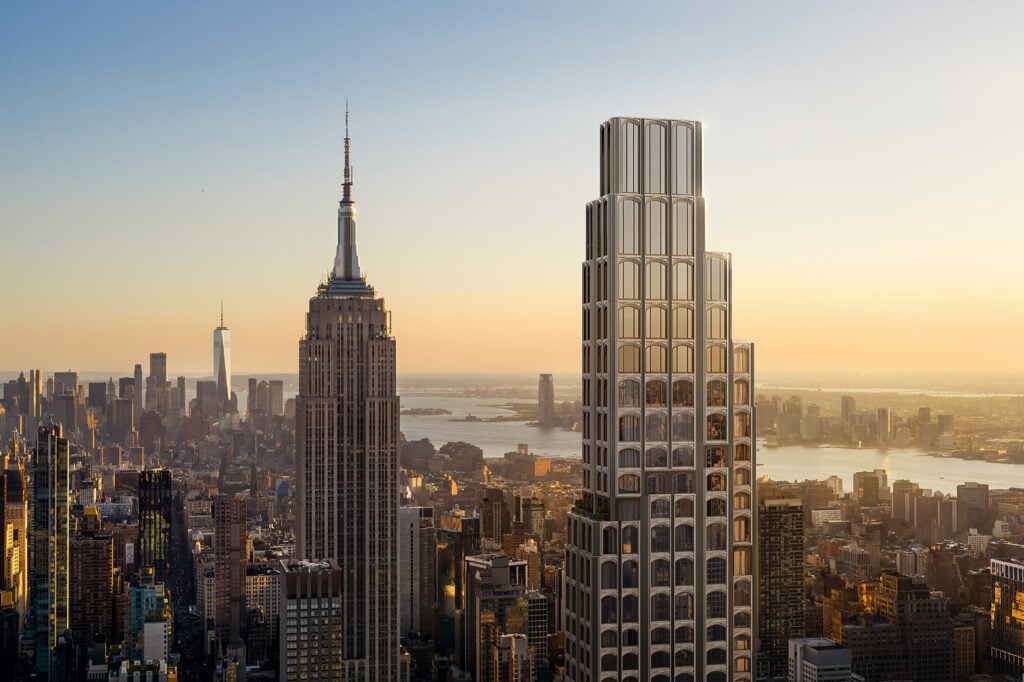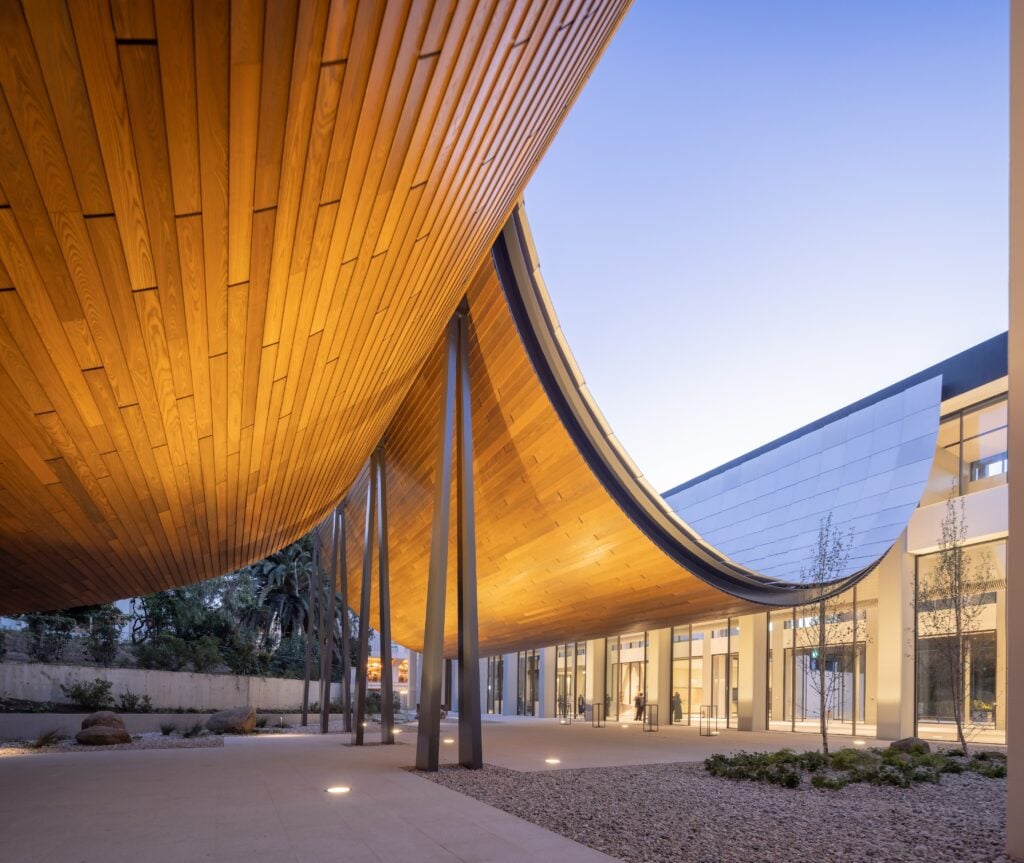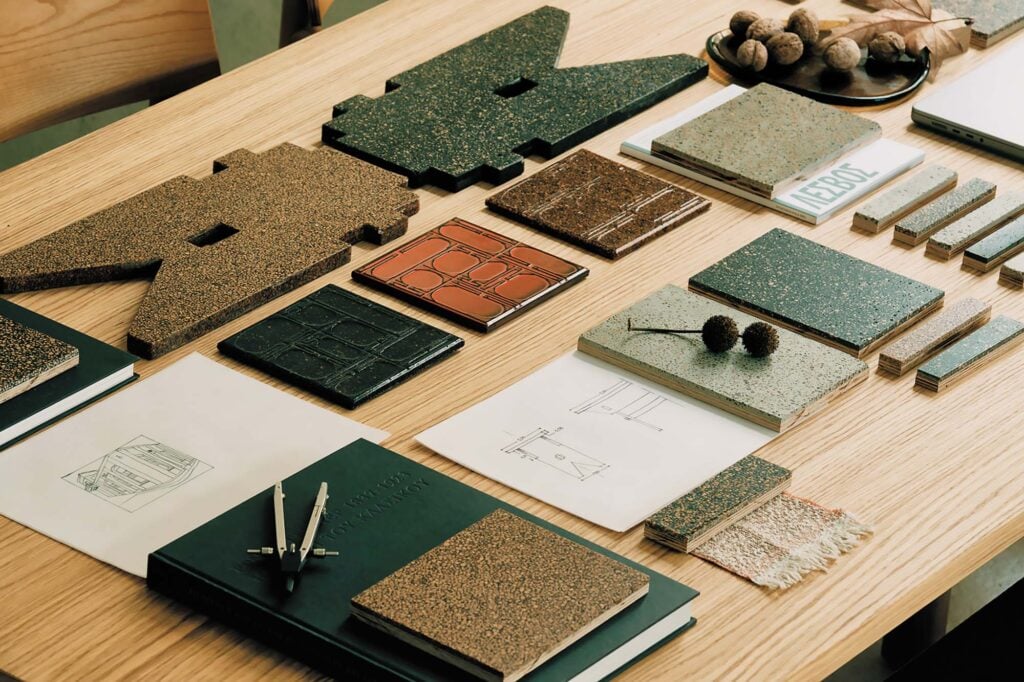
March 8, 2022
JA Projects Turns to Play to Strengthen Community Spaces


For his most recent project, the exhibition design for the upcoming V&A blockbuster Fashioning Masculinities: The Art of Menswear, Ali and his team focused as much on the concept as they did display structures. Ali’s goal was that in addition to the garments, objects, and photographs on view, the exhibition design should, “directly challenge the idea of historical masculinity as portrayed within British institutions.”
This social and historical approach is emblematic of the way Ali and his team of 10 work, exploring the brief from all angles and often going beyond it. Operating at the intersection of architecture, urban strategy, art, and performance, Ali is interested in how design can strengthen communities and be of service to them—collaboration and co-design are key, not only with other architects but with the users. For instance, for part of the Low Line walking trail, a project co-designed with local residents, the practice organized a series of specialized tours on women’s safety to ensure the prominence of that aspect in the design through better lighting, easier crossings, improved passive surveillance and family-friendly or playable landscapes. For the Queen’s Market upgrade, JA Projects invited locals to create new signage for the space, hosting a big communal meal to exchange feedback and test lighting.

Ali has referred to his team as “architects plus” due to the eclectic nature of their skills and interests. (While studying architecture at the University of East London and the School of Art, Architecture and Design at London Metropolitan University, Ali himself was a “playworker”, taking children with severe behavioral, emotional, and social needs from an East London school called Cherry Trees out to various spaces to play.) His first project out of university was a revised plan and new front of the house for Cherry Trees where the project included “re-orientating the entire school so that the playground becomes the central connection route rather than the corridor.” Ali is very proud of what he calls his breakthrough project but though it facilitates play saying, “The overt expression of playfulness or advocating for a new way of enjoying spaces is something I’m very interested in. It’s something I think the V&A show does in the mischievous way it brings unlikely things together.” This ethos of play extends to how he runs his business. The agency operates on a four-day workweek–major deadlines permitting–basis and team members do everything from host radio shows and shoot music videos to run their own practices in their time “off.”
Architects often say they will focus on these less tangible or broader concerns, but in practice, they often don’t, making Ali’s commitment to doing so is very refreshing. “I think if one is only ever in the self-referential space of architecture and the architectural profession, then we will continuously be stuck in a mode of Mid-century Modernism,” he says. “I’m interested in cities and if you’re interested in cities, then you’re not only interested in tectonics and buildings but also in networks and people and financial mechanisms and the policies that govern the way in which we live.”
Would you like to comment on this article? Send your thoughts to: [email protected]
Related
Viewpoints
Archtober Invites You to Trace the Future of Architecture
Archtober 2024: Tracing the Future, taking place October 1–30 in New York City, aims to create a roadmap for how our living spaces will evolve.
Projects
Kengo Kuma Designs a Sculptural Addition to Lisbon’s Centro de Arte Moderna
The swooping tile- and timber-clad portico draws visitors into the newly renovated art museum.
Products
These Biobased Products Point to a Regenerative Future
Discover seven products that represent a new wave of bio-derived offerings for interior design and architecture.







